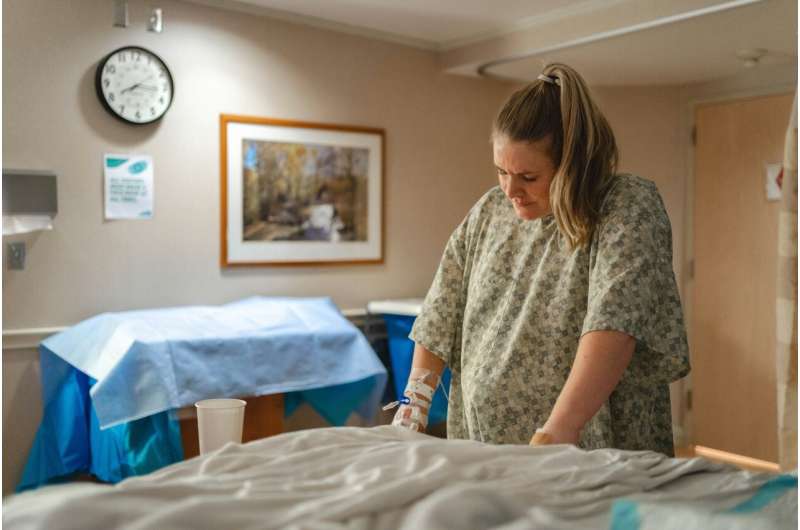Innovative Royalty-Based Funding Model Could Accelerate ALS Drug Development

A groundbreaking royalty-based investment model promises to speed up ALS drug development by funding adaptive platform trials and sharing future royalties, potentially transforming biomedical financing strategies.
Researchers from MIT Sloan School of Management, the Healey & AMG Center for ALS at Massachusetts General Hospital, Boston University, and QLS Advisors have proposed a novel investment approach aimed at overcoming funding hurdles in ALS drug development. The model leverages adaptive platform trials—an efficient clinical trial design that tests multiple therapies simultaneously and adjusts in real time based on interim results. Traditionally, the high costs, lengthy timelines, and significant risks associated with clinical trials have hindered the progress of promising therapies for neurodegenerative diseases like ALS, also known as Lou Gehrig's disease.
The innovative funding concept, termed a 'Fund of Adaptive Royalties' (FAR), involves an investment fund that covers fifty percent of the costs for conducting adaptive platform trials. In return, investors receive a share of future royalties from any successful medications that emerge from these trials. This approach aims to attract impact-focused investors such as hedge funds, sovereign wealth funds, family offices, and philanthropists by offering promising returns—simulated data suggest an expected 28% return with a 22% probability of total loss.
The study, published in PLOS One, emphasizes that funding multiple platform trials concurrently and using financial tools like securitization—bundling future income streams into tradable investment products—could make this model more appealing to mainstream capital markets. The collaboration involved experts across medicine, finance, and clinical trial design, highlighting a multidisciplinary effort to bridge the gap between biomedical innovation and capital markets.
Dr. Merit Cudkowicz, director of the Healey & AMG Center for ALS, noted that this platform trial approach already improves efficiency, but sustainable financing remains a barrier. The FAR model could streamline funding, enabling faster testing of promising therapies and potentially bringing effective treatments to patients more quickly.
While this framework was developed for ALS, the authors argue that it could be adapted for other serious diseases with well-defined endpoints. The model aligns incentives between investors and developers, sharing risks across multiple drug candidates and providing infrastructure and data analytics services. MIT professor Joonhyuk Cho emphasizes that addressing the 'valley of death' in drug development through innovative financing could unlock new capital sources, accelerating the delivery of lifesaving treatments.
This multidisciplinary approach promises to revolutionize how high-impact therapies are financed and delivered, ultimately shortening the time to market for critical new drugs and improving patient outcomes.
Stay Updated with Mia's Feed
Get the latest health & wellness insights delivered straight to your inbox.
Related Articles
Innovative 3D Bioprinting of Kidney Tumors Promises More Targeted Cancer Treatments
Scientists have developed patient-specific 3D bioprinted kidney tumor organoids that replicate tumor traits, offering new possibilities for targeted cancer treatments and personalized therapy development.
Innovative Bacteria-Targeted PET Imaging Detects Difficult Lung Infections
A novel PET imaging method utilizing <sup>11</sup>C-PABA enables precise detection of hard-to-diagnose Mycobacteroides abscessus lung infections, promising improved diagnostics and treatment planning.
Significant Weight Gain and Late Motherhood Significantly Raise Breast Cancer Risk, Study Shows
New research reveals that significant weight gain in adulthood combined with late motherhood or nulliparity greatly increases breast cancer risk, highlighting the importance of healthy lifestyle and reproductive timing.
High Birth Weight Identified as Key Risk Factor for Serious Birth Injuries
New study finds high birth weight is a major risk factor for obstetric anal sphincter injuries, leading to long-term health impacts. Predictive models aim to improve childbirth safety.



